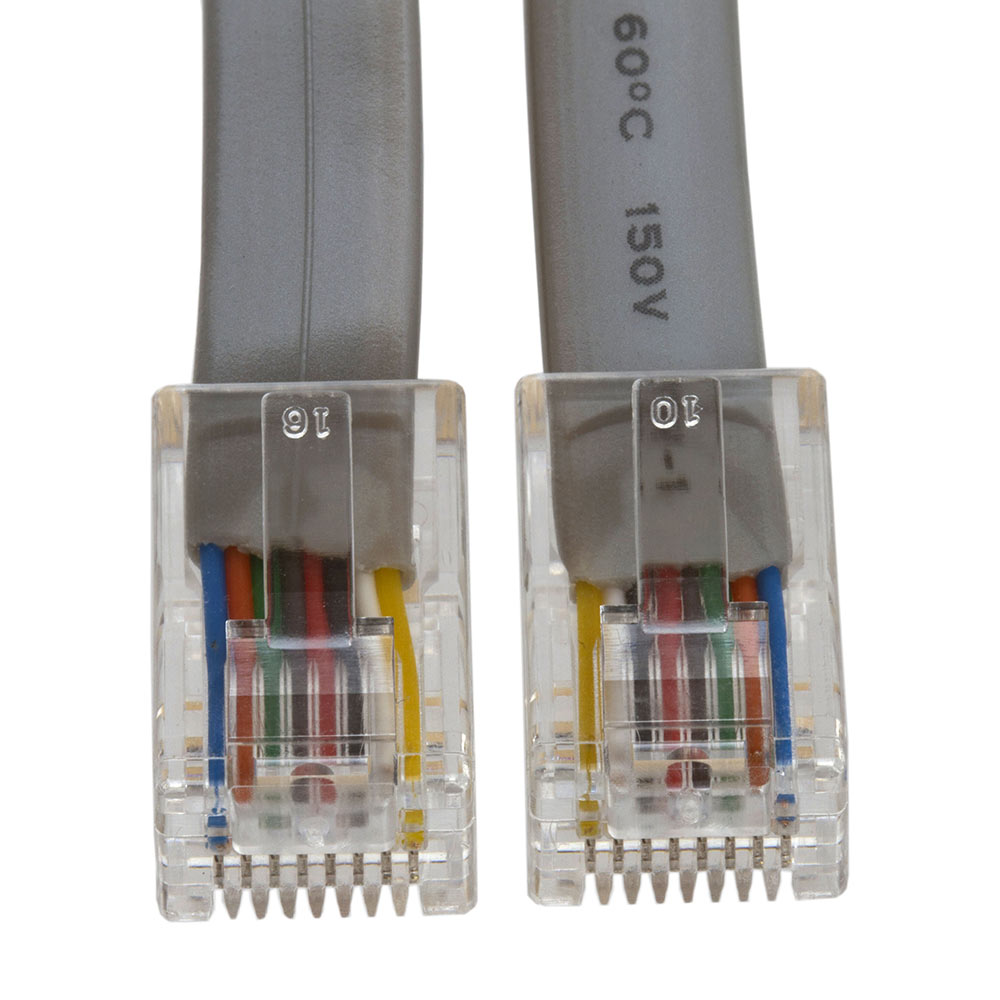

A domestic setup of this kind is an example of a LAN (Local Area Network). This might include PCs and laptops, smart TVs, mobile phones, games consoles, media servers, printers, and so on. Home networks, for example, are usually based around a router or modem, connected to various other devices and sharing out data. A network is simply several interconnected devices that are capable of sharing data between one another.
#RJ45 CONNECTOR PROFESSIONAL#
Today, Ethernet networks are commonplace in both domestic and professional environments. It also offers the potential for faster data transfer speeds than wireless in most cases and prevents interception of sensitive data by hackers. This is because wired Ethernet tends to provide a more reliable, stable, and interference-free connection. Wired Ethernet connections between devices are often preferred as a physical alternative to wireless or Wi-Fi networks. Wired Ethernet Connections and RJ45 Connectors Each of these standards has its own colour-coded wiring convention, achieving two different forms of connectivity. With RJ45, this is done following either a T568A or T568B wiring standard. It also prevents accidental disconnection.įor an RJ45 network connector to function properly, the eight Ethernet cabling wires must be inserted into the correct pinout locations on the male connector. This extra tab is designed to prevent them from being mated with any other socket standards which are visually similar, but electrically incompatible. Mechanically keyed essentially means that RJ45 connectors also include an additional tab. Standard RJ45 is defined as a mechanically-keyed variant on a generic 8P8C body. In other words, RJ45 wiring is based on an 8P8C (8 position, 8 contact) configuration. Male RJ45 plugs separate and correctly terminate these eight individual wires. Most standard Ethernet data cables have a core consisting of four twisted-pair wire strands, making eight individual wires in total. In the case of Ethernet networking, the plug fixtures on cable ends are the RJ45 male parts, while the sockets found on the devices themselves are RJ45 female parts.

The connectors themselves are the modular sets of fittings at either end of the physical data connection (Ethernet cable) joining one networked device to another.Īs previously mentioned, the term ‘RJ45 connector’ can broadly refer to both male and female versions of these jacks and plugs. In modern domestic and commercial environments, RJ45 connectors are primarily used for plugging an internet-enabled device directly into hardware such as a modem, router, or server. Their job is to link various types of voice and data equipment either to a central hub or directly to each other.
#RJ45 CONNECTOR PATCH#
Both booted and unbooted RJ45 patch leads serve as useful connectors within various types of business communications systems.Ĭall us FREE on 08 with connection questions.Registered jacks are for telecoms network interfaces. An RJ45 patch lead comes with this registered jack connection. High-speed modem and other computer network applications are supported by RJ45 connectors. RJ45 Connectors Support Professional Computer Networks Crossover patch cables have different wiring schemes on each end to support computer-to-computer connections. RJ45 cables can be wired according to two different schemes, T-568 A or B, depending upon the devices to be connected within the network. Since each connector has eight pins, an RJ45 Ethernet cable will have eight wires of varying colours. The RJ45 connector resembles a six-pin RJ11 connector, though the 45 is slightly wider.

These cables are often used to connect computers onto Ethernet networks. Because of this, an Ethernet cable is sometimes designated as an RJ45 cable. RJ45 Cable for Ethernet ConnectionsĮthernet cables come with RJ45 connectors on both ends. It is also informally referred to as an RJ45. An 8 Position/8 Contact connector, called an 8P8C, is a modular connector for telecommunication cables. The term RJ45 has also come to refer to a range of connectors for Ethernet jacks.

Registered Jack specifications are related to the wiring patterns of the jacks, rather than their physical characteristics. The abbreviation, RJ45, stands for Registered Jack-45. This type of connector was originally developed for telephone communications but is now used in a range of applications. The eight-pin RJ45 connector is a standardised interface which often connects a computer to a Local Area Network (LAN).


 0 kommentar(er)
0 kommentar(er)
